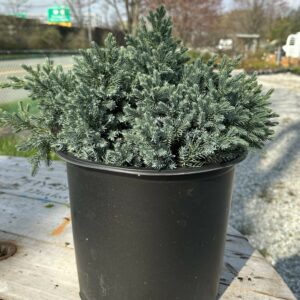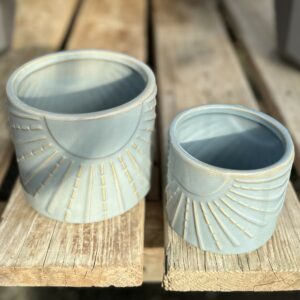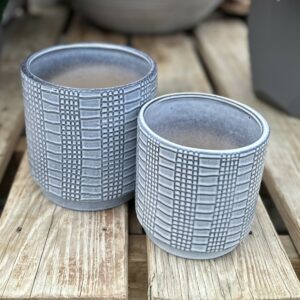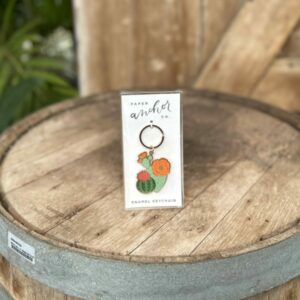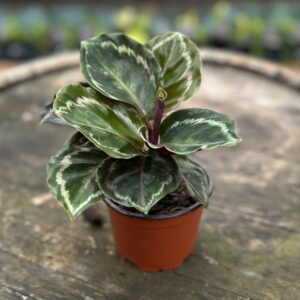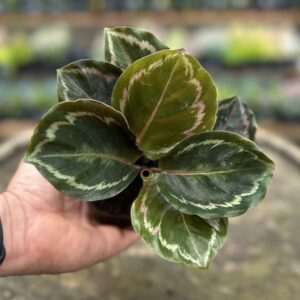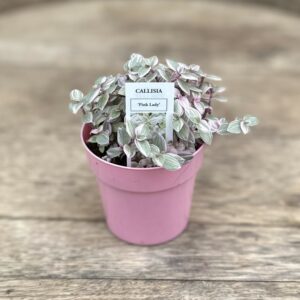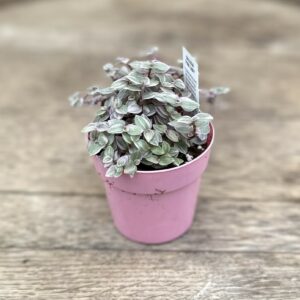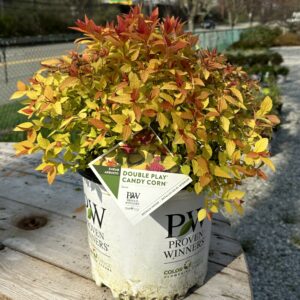Blue Star Juniper #3
$34.99Blue Star Juniper Care
Planting: Choose a location with well-drained soil and full sunlight for your Blue Star Juniper. Ensure proper spacing to accommodate its mature size, typically around 1 to 3 feet in height and spread.
Watering: Blue Star Juniper prefers slightly dry conditions once established. Water regularly during the first growing season to help the roots establish. Afterward, water only during extended dry periods, allowing the soil to dry out between waterings.
Mulching: Apply a layer of organic mulch around the base of the plant to retain soil moisture, regulate temperature, and suppress weed growth. Maintain a mulch depth of 2 to 3 inches, keeping it away from the plant’s stem to prevent rot.
Fertilizing: Blue Star Juniper typically doesn’t require fertilization. If desired, apply a balanced, slow-release fertilizer in spring. Avoid excessive fertilization, as it may cause the foliage to lose its vibrant color.
Pruning: Prune your Blue Star Juniper as needed to maintain its shape and size. Remove any dead, damaged, or overgrown branches. Lightly shear the foliage to encourage compact growth and maintain its desired form.
Protection: Blue Star Juniper is generally hardy and resistant to pests and diseases. However, monitor for common issues such as spider mites or fungal diseases, and treat promptly if necessary.
Winter Care: Blue Star Juniper is cold-hardy and typically requires minimal winter care. However, providing a layer of mulch around the base of the plant can help protect the roots from freezing temperatures.

